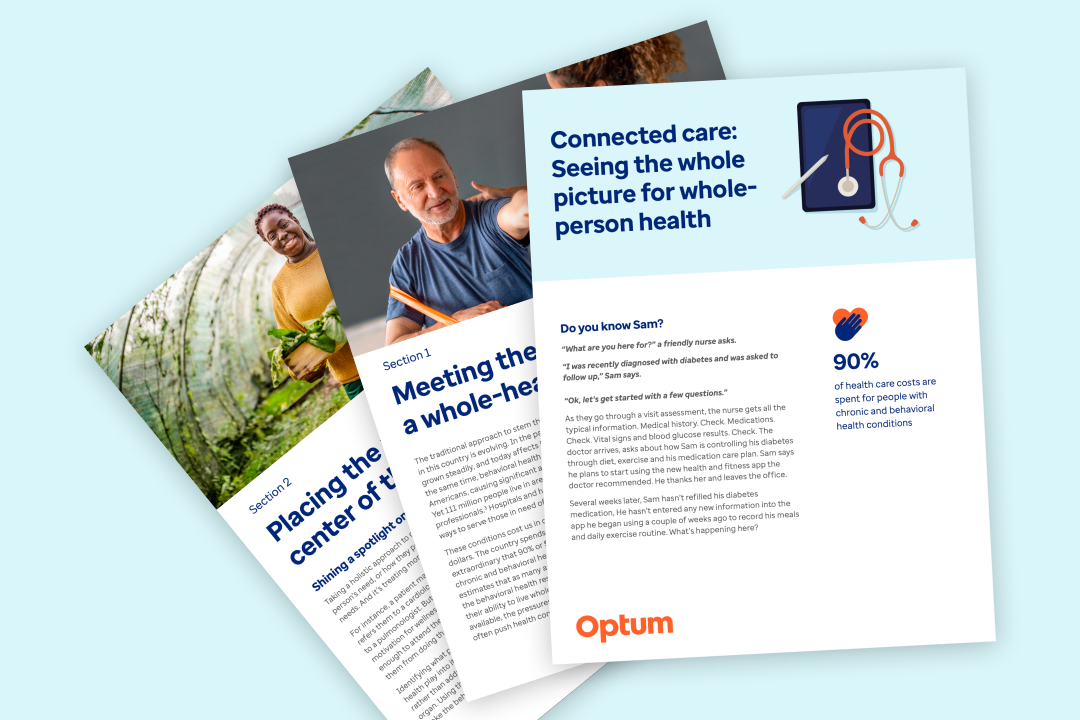Consulting services
Helping organizations create change and drive growth
Data and analytics
Turning real-world data into valuable insights
Financial solutions
Creating a unified system that lowers the cost of healthcare
Health benefits solutions
Empowering employers and members
Healthcare access
Improving the patient and member journey
Operations and technology
Evolving organizations through market-leading technology and expertise
Pharmacy benefit management
Driving better outcomes and lowering costs
Pharmacies
Increasing medication adherence and access
An industry partner offering solutions scaled to your needs
Payers
4 out of 5 U.S. health plans rely on us to boost member health and improve operations.
Providers
We support 130,000 physicians, 9 out of 10 U.S. hospitals and 67,000 pharmacies with innovative solutions.
Employers, brokers and consultants
Fortune 100 companies trust us to enhance employee health and manage costs.
Government
We partner with all 50 states and the District of Columbia to improve public health outcomes.
Life sciences
We support 120 global life sciences companies to drive innovation and improve patient outcomes.
Industry insights and analysis

Article
Explore the challenges and opportunities in using mental health data to understand prevalence, risk, impact and treatment in patients, members and communities.

Article
In our latest podcast, two AI experts discuss how Optum Rx is leveraging artificial intelligence while prioritizing privacy and security.



